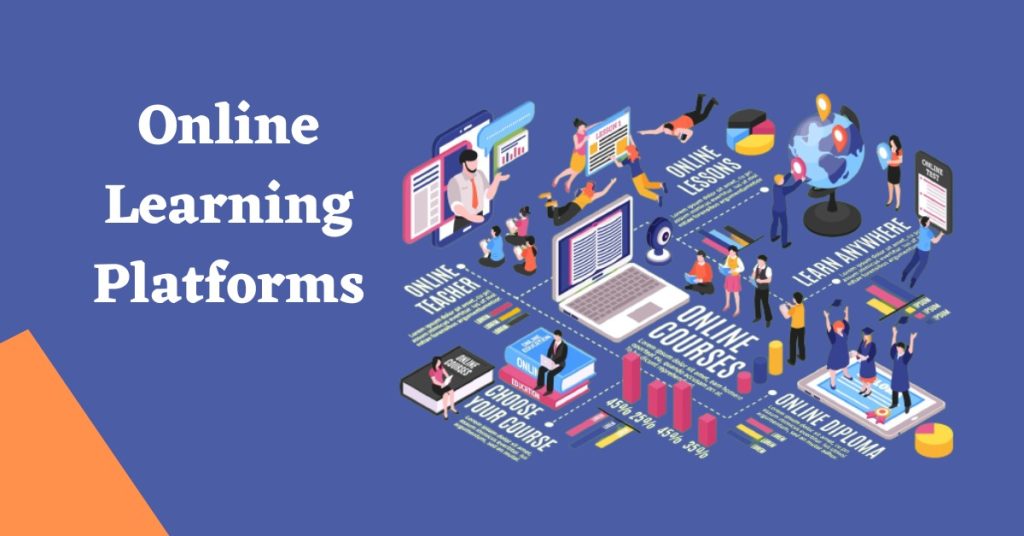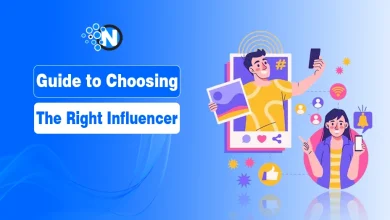Facts About How Technology Has Changed The Way We Learn
Technology is revolutionizing the way people learn and engage with educational material. With the proliferation of online tools, resources, and applications, students have access to a wide range of learning materials and resources, allowing them to learn in more creative and interactive ways.
Technology was not as much involved in education as it became during the pandemic. The sudden shift to online learning provided a unique opportunity for educators and learners alike to explore the plethora of new technologies available. In this detailed note, we will discuss how technology is changing the way we learn and how it has benefited students, teachers, and educational institutions.
Online Learning Platforms:

The rise of online learning platforms has provided a platform for students to access educational material from anywhere and at any time. These platforms are filled with content created by experts, which is tailored to the user’s learning needs and preferences. This has allowed students to access a wide range of educational material, while also allowing them to interact and engage with the content in a way that is most beneficial for their learning.
Not only does technology help to save time wasted on searching, it can also be a great asset for teachers. Those who are tech-savvy can create lessons that are filled with engaging content, such as text and activity models, allowing them to teach their classes in more innovative ways. This can prove invaluable when explaining complex topics within a physical classroom’s confines.
AI and Machine Learning:
Artificial Intelligence (AI) and Machine learning have been used to create adaptive learning systems customized to each student’s learning style and needs. By enhancing the learning experience with machine learning, both students and teachers benefit. Students gain more personalization in their lessons while educators are able to grade faster and more precisely. As computers better learn, so too do humans as a result of this educational optimization. The systems are able to track the student’s progress and provide feedback for improvement, allowing them to learn more effectively and quickly. Students and researchers can also use AI to analyze large data sets, aiding in their research processes.
Adaptive Learning:
By utilizing the adaptive learning approach, educators can tailor lessons and activities to suit each individual student’s unique needs. This cutting-edge methodology allows teachers to customize readings, assessments, and practice exercises in order to best cater to the student’s current skill level and performance. Adaptive learning technologies can be used to create tailored curriculums and lessons for students. Such technologies use data collected from student’s interactions with the content to adapt and modify the material based on their learning style. This allows students to learn at their own pace and take control of their education.
Virtual and Augmented Reality:
Virtual and augmented reality have become increasingly important tools in the classroom. These technologies provide students with an immersive and interactive learning environment, allowing them to explore virtual worlds and experiments. As a result, students can gain a better understanding of complex concepts. Students learn by the practical view of things this also helps them to learn better in an interactive manner and understand the concepts.
Augmented Reality (AR) is making a huge impact in higher education, as it can be utilized for various projects. Educators use AR platforms to gamify the curriculum, providing interactive and entertaining learning experiences that aid students in understanding abstract concepts more easily. With AR technology, teachers have the opportunity to bring difficult topics to life through visualizations that help build comprehension.
Online Groups Collaboration & Debates:
Online groups are a great way to encourage collaboration and debate in the classroom. Such groups provide students with an easy way to discuss ideas, exchange information, and work together on projects. Through these interactions, students can form a connection and gain an enriched comprehension of the subject matter. This in turn creates a strong sense of community among peers. By utilizing the Internet or software tools, students are able to establish online communities, Web pages, and groups that enable them to interact with their peers and educators from all over the world in real-time. Through these connections, they can receive feedback from their teachers as well as ask queries about lesson materials.
Formative Assessment:
Formative assessment is a useful tool that helps educators assess their student’s understanding of the lesson material. It involves activities such as quizzes, polls, and questionnaires that can be used to measure a student’s learning progress. This data can then be used to adjust the curriculum accordingly or focus on areas that need more attention. By leveraging formative assessments, educators can ensure that students are getting the best education possible. It also enables educators to evaluate the overall effectiveness of their teaching methods.
Updated Knowledge:
In traditional learning, teachers mostly used books that are written decades ago and are outdated. But now with the help of technology, teachers and students can access up-to-date knowledge from many sources like online databases and libraries. With the help of these sources, both teachers and students can explore various topics in greater depth, which would not have been possible with traditional teaching methods. Such access to knowledge enables students to improve their understanding of the subject matter and stay ahead of the curve when it comes to technology and new trends.
Fun Learning:
Finally, technology has made learning more fun and engaging. With interactive websites and activities, students can learn in a way that is engaging and enjoyable. This makes the learning process more enjoyable and encourages students to participate in class. Furthermore, with the help of educational games and apps, teachers can make learning more fun and interactive. This keeps students engaged, motivated, and interested in the lesson material. Technology has changed how we learn by providing us with new and creative ways to explore various topics.
Conclusion:
With advancements in the field, technology has taken a major role in learning and teaching techniques. Tech has enabled educational institutions to develop e-learning platforms and create digital learning materials. By utilizing technology, students are able to gain knowledge more quickly and efficiently. They can connect with their peers, engage in debates and discussions, access up-to-date information, and utilize interactive tools to gain new insights. Furthermore, technology has made learning more fun, interactive and engaging.





